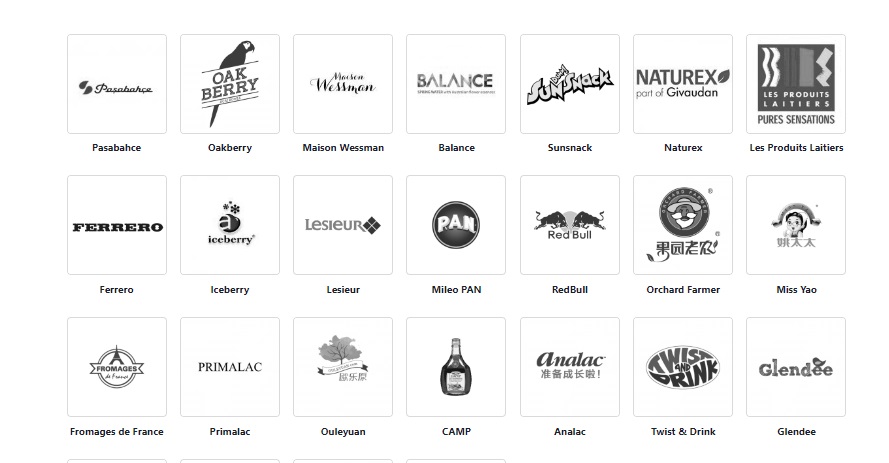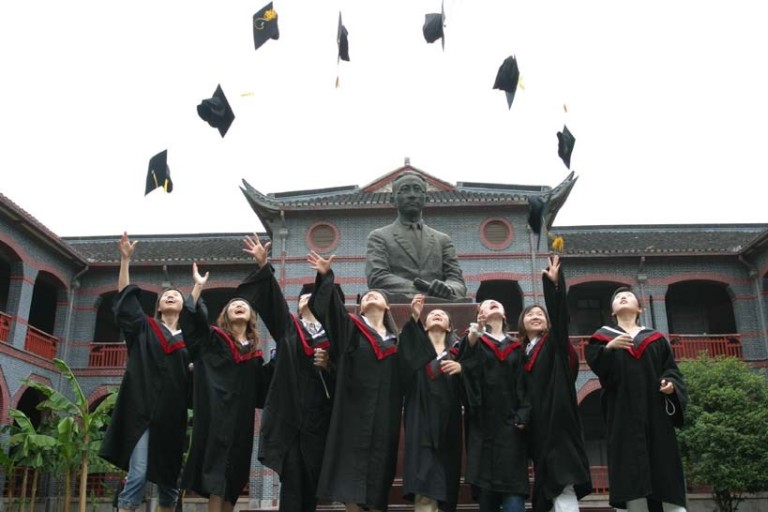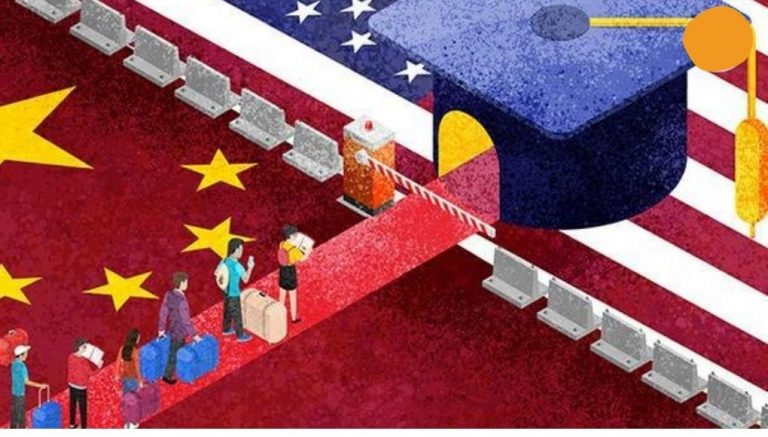China Top Challenge : Feeding a 1.4 Billion People
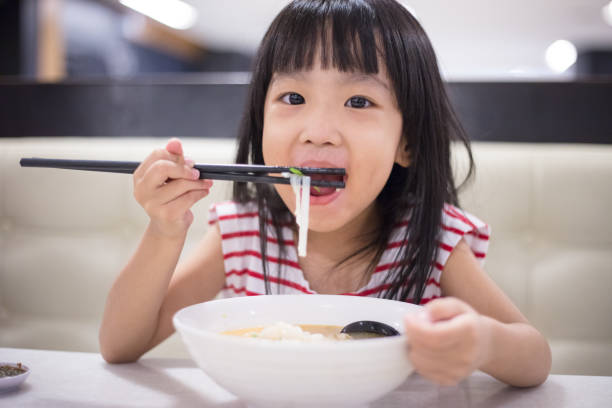
China is facing a big challenge, feed a 1.4 Billion population and limit inflation on food.
China must stabilize food production, increase food importations and develop its agriculture to ensure that “Chinese bowls” are mainly filled with food.
Cost-Effective Agency
KPI and Results focused. We are the most visible Marketing Agency for China. Not because of huge spending but because of our SMART Strategies. Let us help you with: E-Commerce, Search Engine Optimization, Advertising, Weibo, WeChat, WeChat Store & PR.
Uncertain Time
China is the world’s most populous country, but global uncertainty, the COVID-19 pandemic, and climate change threaten its food security.
- High-yielding salt-tolerant seawater rice strains were tested and may help China feed its 1.4billion people.
- The hybrid rice was also tested in the Dubai desert. It could be one of the solutions to the UN Sustainable Development Goal of Zero Hunger.
- China is the world’s largest nation and has the most hungry people. Its population was 1.41 billion in 2020, which is roughly a sixth of the 7.9 billion global population.
Despite the fact that the country’s population has fallen to its lowest point in history, China’s top leader acknowledges the need for food security.
China seeks to be more resilient and self-sufficient after the destruction of its food system by COVID-19, and other natural disasters.
China was ranked 34th among 113 countries in the 2021 Global Food Security Index published in September. This index measures food affordability, availability, and safety as well as natural resources and resilience.
It is one of the top five nations that has seen the greatest improvement in the last ten years.
China’s arable land
According to an August survey, China’s total arable area had fallen by nearly 6% compared to the previous 10 years. This is only 13% of China’s total land area. It’s likely to drop further by 2030 as more land is converted into urban and industrial areas.
An area as large as Egypt has too much salt for crops to grow. Salt inhibits plants’ ability to absorb water. According to CGTN, China could increase rice production by planting just a tenth of that area with seawater rice. This would feed 200 million people.
Although it is still not fully commercially implemented, scientists from Qingdao Saline Alkali Tolerant Rice Research and Development Center were given 4,000 kilometers of land to cultivate the rice last year.
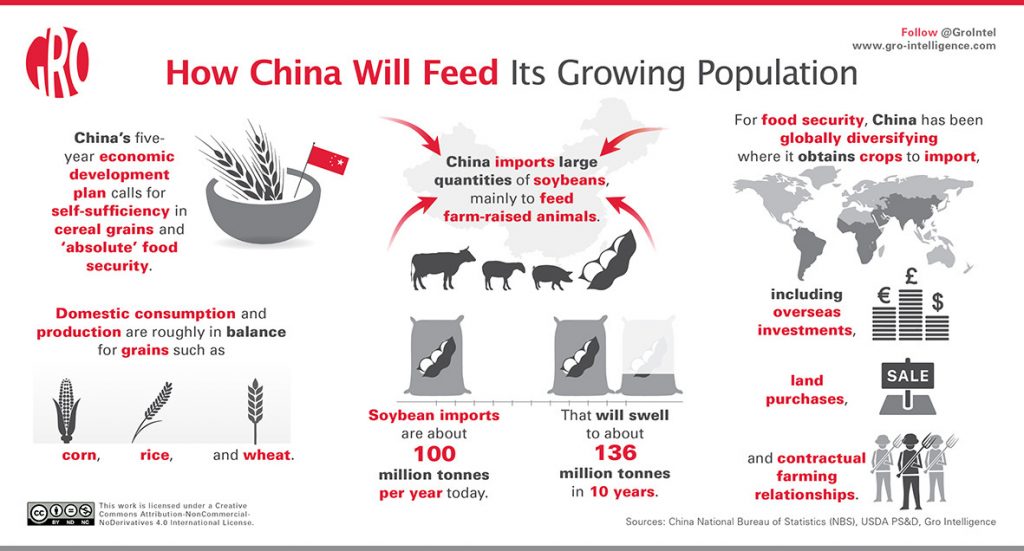
Agriculture new challenge in China
China is facing increasing demands on its agricultural production, which it seeks to address via policy, technology and economic activities. China imported 28.35 million tonnes (mmt) of corn in 2021. This is 152 percent more than 2020 and more that 10 percent of China’s Ministry of Agriculture and Rural Affairs’ (MARA), total corn consumption estimates. (See Tables 1 and 2) According to the 2020 Rural Development Institute report by China Academy of Social Sciences, there will be a shortage of grain of approximately 130 mmt. This includes 25 mmt of staple grain.
These trends are compounded by shrinking arable land, changing demographics, and natural catastrophes that pose food security threats to China’s leaders. China responded by introducing domestic policies to increase food security and reduce food waste. These have been priorities of General Secretary of China Communist Party (CCP), Xi Jinping, since he took power. In an effort to increase food security, the government also implemented policies to expand domestic farmland, and to harness new agricultural technologies such as genetically modified seed lines.
Investment and modernisation of agricultural sector and food security.
However, the Chinese government’s domestic efforts are not sufficient to solve China’s problems. China recognizes its problems and has gone to great lengths to help them. This includes investments and acquisitions of farmland and animal husbandry as well as agricultural equipment and intellectual property (IP), especially GM seeds. The United States is a world leader in these areas, and China often targets it for its efforts to improve its agricultural sector and food security.
These investments pose a number of risks to U.S. national and economic security. Chinese companies may acquire hog farms in the United States to save money and increase their domestic capacity. However, this could reduce China’s dependence on U.S.-sourced production as well as redistribute the negative environmental effects of hog waste to U.S. communities. China could have unsustainable leverage over U.S. supply chain systems if there are more consolidations and Chinese investments into U.S. agricultural assets. China’s access to U.S. agricultural IP could also impact the U.S.’s ability to compete in technology for agriculture that supports food production. China’s illegal acquisition of GM seeds gives China a boost to its own development and provides an opportunity for U.S. farmers to find vulnerabilities.
Food safety
This report examines China’s food security issues and the factors that drive interest in U.S.-China agricultural relationships. It examines China’s motivations for agricultural investments. This includes the challenges faced by food production as well as CCP efforts to decrease import dependence, preserve farmland, modernize agricultural technology, and improve agricultural efficiency. The report then examines the major areas of Chinese investment in America, including land and livestock, grains, as well as relevant infrastructure like equipment and technology. The report also offers suggestions for legislators regarding how to further integrate China into the U.S. agricultural sector.
Agreements reached by Russian and Chinese companies on Food
According to the General Administration of Customs, China’s 2021 imports of Russian products amounted to 334.29 trillion yuan. This is a 47.4 percent increase year-over-year. It accounted for 65.3 percent of China’s total imports from Russia in that year.

Experts predict that this trend will continue as trade ties grow deeper and more.
Opportunities for Russian Food firms
As the two countries unlock greater potential in bilateral trading to boost their regional economies, they have reached agreements with key industries like energy, food, and other commodities at the St. Petersburg International Economic Forum, (SPIEF), June 15-18.
Experts said that the goal of strengthening the gas trade between China, Russia, and China is to diversify the supply sources rather than relying too heavily on one source.
As part of their efforts to unlock the potential of the cross-border supply chain, both Russian and Chinese companies signed memorandums involving energy cooperation and food supply.
Experts said that Russia and China are cooperating in all aspects of the industrial chain, including transport because they see more potential for cooperation.
Limitation of food import from Taiwan
China announced that it would suspend imports of food from Taiwan for a week. The company claimed that the COVID-19 virus was found in the frozen horse mackerel packaging. source
China’s General Administration of Customs has issued a suspension notice stating that the ban on food shipments to Taiwan’s Tong Ho Food Industries Co. until June 29 will be in effect due to contamination of frozen fish packaging with COVID-19 virus.
This notice was issued less than two weeks after Chinese customs officials had announced a one-week ban on imports from another Taiwanese frozen seafood firm, citing the same issue.
Officials stated that on June 10, the COVID-19 virus was found in the packaging of the frozen large head hairtail (also known as beltfish).
China banned all imports of grouper from Taiwan on June 13. They cited repeated detections of banned chemicals and high levels of oxytetracycline.
The Taiwanese Council of Agriculture (COA), in response to the ban, stated Thursday that there was no evidence that the COVID-19 viruses can be transmitted to humans through aquatic products. It also called on China for scientific evidence to back its decision to stop fish imports.
The COA stated that China has placed COVID-19-related restrictions on international commerce with many countries in recent decades and should provide scientific data to back these measures.
Several countries raised concerns about the matter at the regular meetings, as noted by the COA.
China is currently the only country to inspect for the COVID-19 virus on imported frozen aqua products from other countries. This has attracted international attention, Lee stated.
She stated that Taiwan’s government and these nations share the belief that China’s quarantine and inspection measures must be scientifically based.
Taiwan hopes that China’s analysis methods will conform to international guidelines.
China’s efforts to ensure food security for its citizens, as well as lessons learned in agriculture production and protection for the most vulnerable people, are very important for other countries of Asia, a representative from the United Nations World Food Programme (WFP), told the Global Times Thursday. However, he warned that the food crisis in Sri Lanka could spread to other countries in the region.
China’s new food power
China plans to construct 800 million hectares of high-quality farmland by 2030 as part of its efforts to stabilize food production. A cooperative company in Jilin Province has teamed up with local farmers to accomplish this. Yu Li has more.
Farmers in northeast China’s Jilin Province cultivate high-standard farmlands. They say it all comes down to where they do it.
Importation of food in China
China’s corn imports will more than double in 2021. Last year, imports of wheat reached a new record.
For a country that wants to achieve food self-sufficiency, there are many things to do.
President Xi Jinping believes food security is of paramount importance. He stated that “Chinese people should hold onto their rice bowls with grains mainly grown by themselves.”
This country hopes to achieve this goal by building farmland of high standards.
However, there is no model to evaluate high-standard farmland and officials from this county that produce grain say infrastructure is the key.
Demand for Wine and beverages has also doubled these recent years.
New frozen food giant in China
Fujian Frozen Goods Online Network Technology Co., Ltd (“FG Online”), a Chinese online distributor of frozen foods, is considering going public via a merger with a Special Purpose Acquisition Company (“SPAC”)
The Company anticipates that it will be listed on Nasdaq in the first quarter of 2023, at the earliest. It is valued at approximately US$ 1 billion (or roughly 67 billion CNY). source

FG Online was founded in 2015. It specializes in frozen food, premade food, and supply chain services for small and medium-sized restaurants and community convenience stores. They also offer farmers’ markets, small food businesses, and other small food entrepreneurs. The company’s operations now cover more than 10 Chinese cities, and it has approximately 1,000 upstream suppliers. It also has 400,000+ downstream restaurants, and food business owners, and serves nearly 100 million people per month.
Data Funding Amount Funding Round Investor Details
Five finds of the financing were received by the Company from well-known Chinese institutional investors, including Shunwei Capital (VisionGain Capital), Shunwei Capital, Longling Capital, and VisionGain Capital. FG Online has raised 120 million CNY, which is approximately US$17 million in the last round of financing. To achieve national market penetration, the Company plans to expand its cold chain infrastructures as well as strengthen its supply chain operations.
- Jul 03, 2018, $18M Series B Sinovation Ventures, Jinyuan Group, and 2 others
- Jun 12, 2017, $7.36M Series B Shunwei Capital, Hong Kong Huixin Capital
FG Online offers a distribution network for business owners. However, FG Online is also expanding into other business verticals. EasyFresh Cold Chain Logistics Co., Ltd (“YX Cold Chain”), a wholly-owned subsidiary of FG Online, provides cold-chain warehousing, storage management, and logistics operator. It also offers third-party distribution and warehousing services for food delivery and grocery companies.
Meituan and Pupu Supermarket, Fresh Hema, Pupu Supermarkets, Mengniu Diary, Yili Group are just a few of their customers. YX Cold Chain has over 10 warehouses and hundreds of vehicles that transport nationwide. Three Meals Ingredient, a brand under FG Online is a new retail platform that sells pre-prepared meals. Three Meals Ingredient’s business strategy involves expanding through franchise models by opening community convenience stores and preposition warehouses to offer consumers both in-store pickup and home delivery.
FG Online’s business segment has a gross margin exceeding 12%, which is more than half the increase in 2019.
JD and Food delivery company
A top Chinese executive said that the company is considering expanding into food delivery services. This would put JD up against two other Chinese e-commerce giants, Alibaba Group (ticker: BABA), and Meituan (3690. Hong Kong). Alibaba +6.62% –owned Ele.me, MeituanDianping are currently China’s top online food-delivery companies.
JD’s shares rose 5.2% to $65.23 Friday after the news. The stock is down approximately 6% for the year.
Further readings about food in China
If you want to export your food to China, e-Commerce or traditional distribution.
Contact us, email us and you will be directly in touch with our F&B Expert.

And yes, we have experiences in F&B a lot. Contact us to get our case studies.
